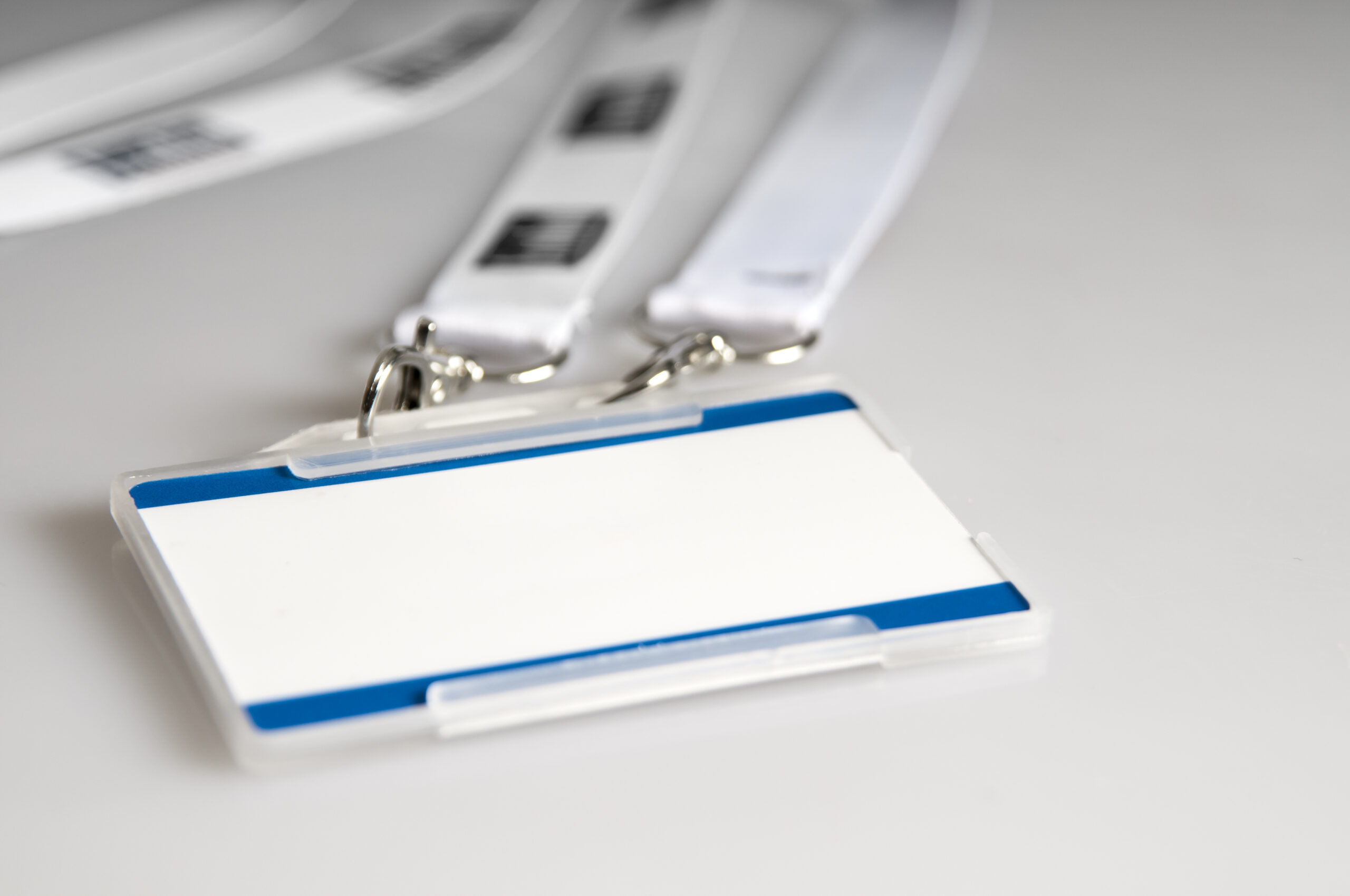Payroll Deductions POS – Now with API Integration
Seamless Payroll Deductions with ARBA
ArbaRapidPay is ARBA’s innovative payroll deductions POS feature designed to enhance profitability for corporations in foodservice and retail operations. Our solution now offers seamless integration with your ERP system through customizable APIs or through file-based processes. Whether your organization uses Workday, ADP, Oracle, Paycom, or any other ERP platform, ARBA ensures smooth compatibility with your payroll process.
By automating payroll deductions, ARBA’s point-of-sale solutions deliver substantial returns on investment while streamlining operations. Our software is a trusted choice among hospitals and corporations to simplify payroll deductions and eliminate the need for manual account balance management.
Boost Revenue
Streamline Checkout Times
Increase Participation
Customizable Integration with APIs or Files
Enhanced Convenience
Fully Automated Processes
Partner with ARBA to define your organization’s specific payroll deduction requirements, whether you prefer API integration or flat file processes. Our detailed review process ensures full automation of payroll deduction workflows, including:
Together, we’ll determine the ideal GET and PUT processes to identify eligible personnel and send deduction data at the right time for payroll processing with API interfaces. For flat file integrations, ARBA ensures seamless formatting, file type compatibility, and storage solutions tailored to your payroll system’s specifications.

From your first interaction with ARBA, you’ll work directly with a solutions engineer to ensure every aspect of your payroll deductions process aligns with your operational needs.
Key Features:
Track Employee Balances
Set and Monitor Credit Limits
Customer Search Capabilities
Enable Split Payments
Support for Any Payroll System

Streamline your point-of-sale operations with payroll deduction integration. Our payroll deductions feature seamlessly works with all our POS solutions, creating a highly efficient setup that maximizes returns in cafeterias, coffee shops, gift shops, and retail stores. Pair it with any of our solutions for a smarter, more convenient purchasing experience.
Available Solutions:
Cash Registers
Self-Service Kiosks
Online Ordering
Mobile Applications
Online Gift Shops
Our payroll deduction POS systems recognize different employee categories at checkout—ideal for companies managing various employment types, such as part-time, full-time, or contracted staff. Using ID badge technologies like RFID or barcode, our system seamlessly identifies employee accounts at cash registers and self-service kiosks. Each transaction is recorded within individual employee accounts, ensuring a complete audit trail for payroll deduction purchases.


Online Ordering
Include the option to set pick-up or delivery times. Send notifications to staff immediately through an internet kitchen printer or a dedicated email portal.

Self-Service Kiosks
Let customers order for themselves by placing digital orders to get their food faster. Can be integrated with the ability to pay with Payroll Deductions for faster processing.

Cloud POS Technology
Our POS Systems in the cloud bring a whole new meaning to point-of-sale. The ability to access information on an as-needed basis is innovative.

Enterprise Solutions
Centralized reporting that can be accessed from one location. Manage inventory control over multiple locations from a single database.

ARBA Online Store
We help set up an Online Store that allows you to buy and sell items online. This store can be fully integrated with your ARBA POS System.

Loyalty Program
Includes a customer loyalty program that tracks customer purchase history and offers incentives based on the number of items purchased.
Toll Free
Direct Number